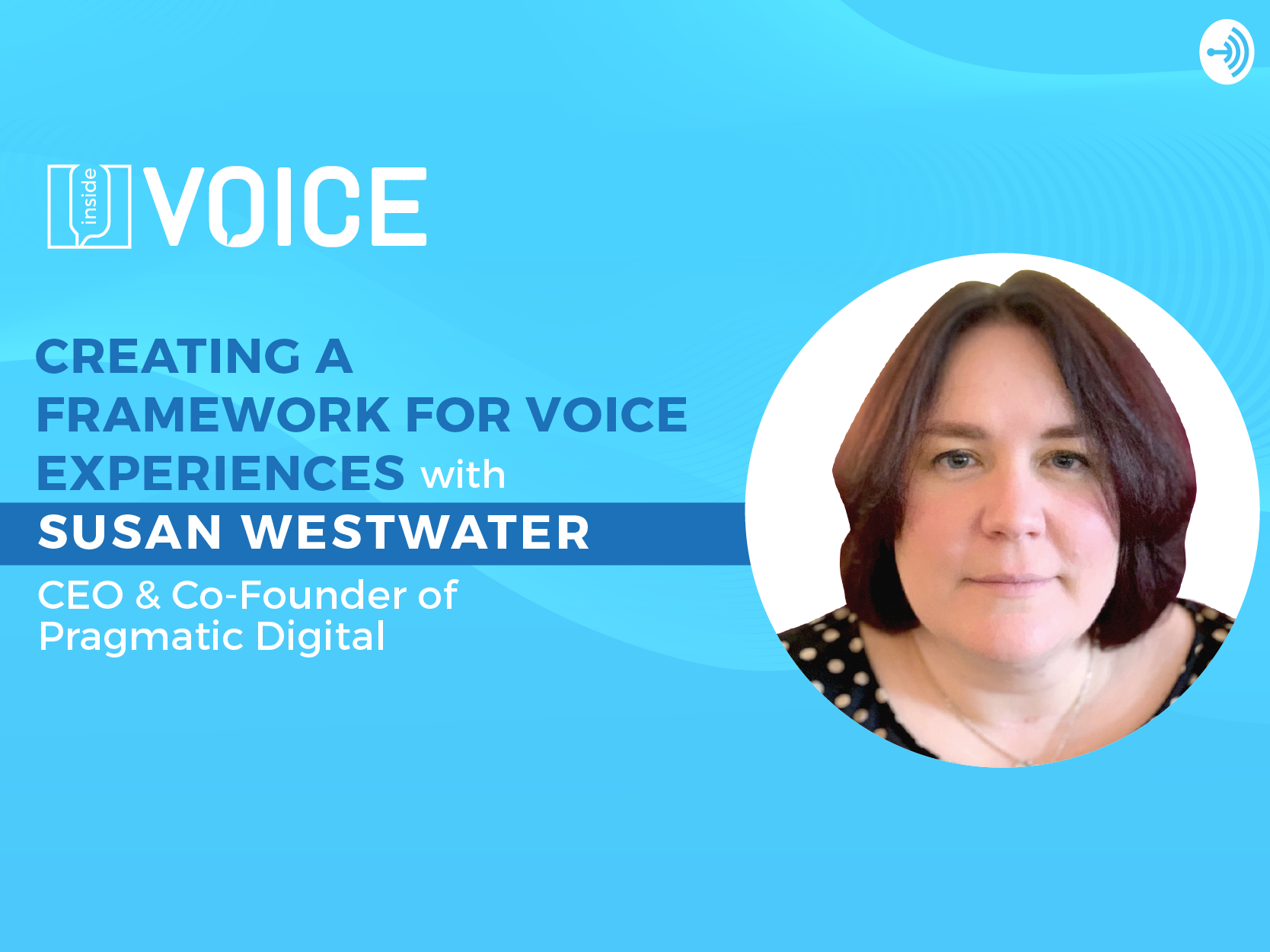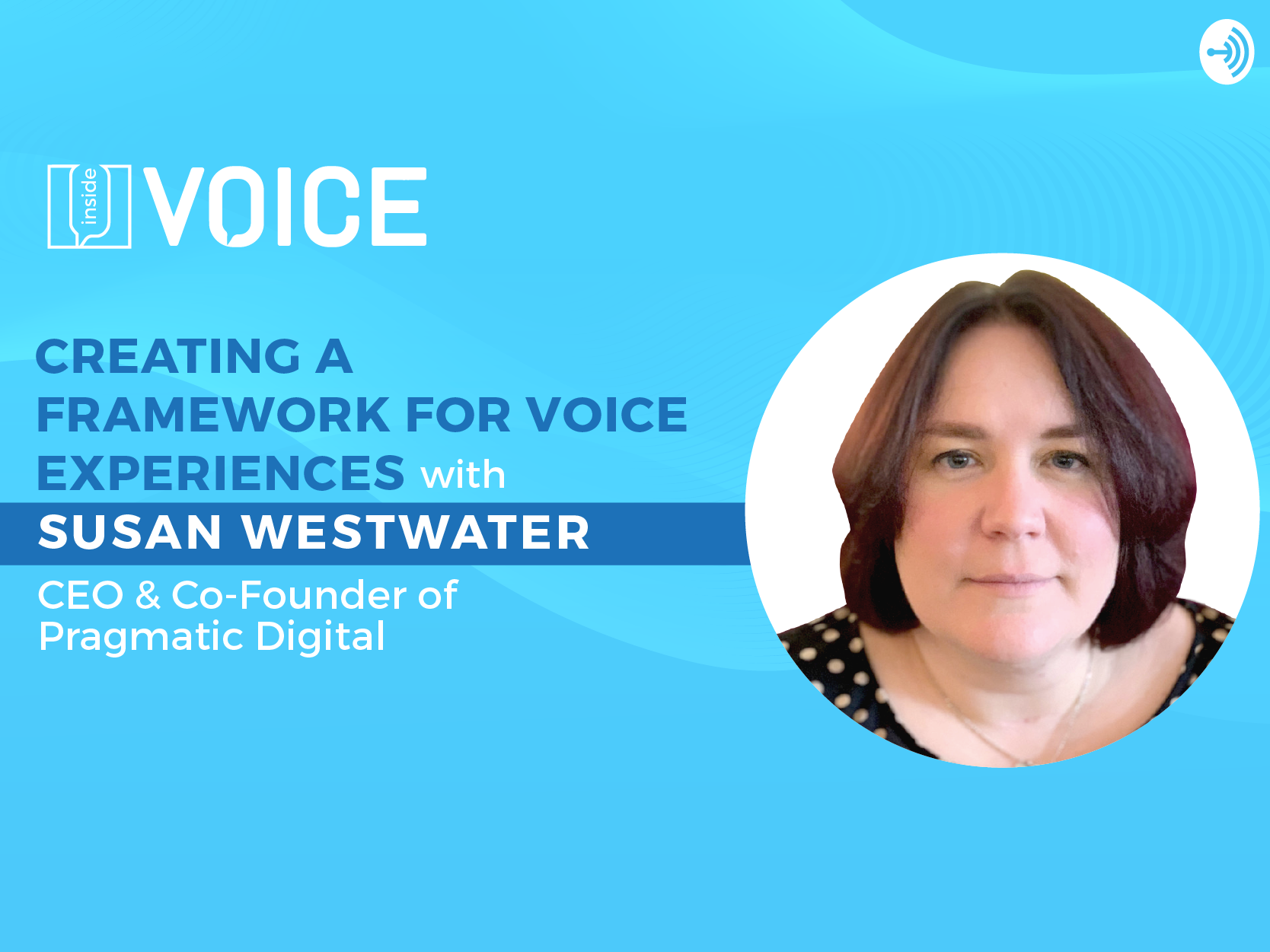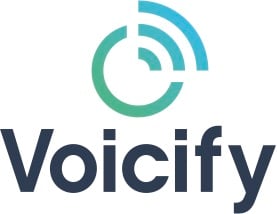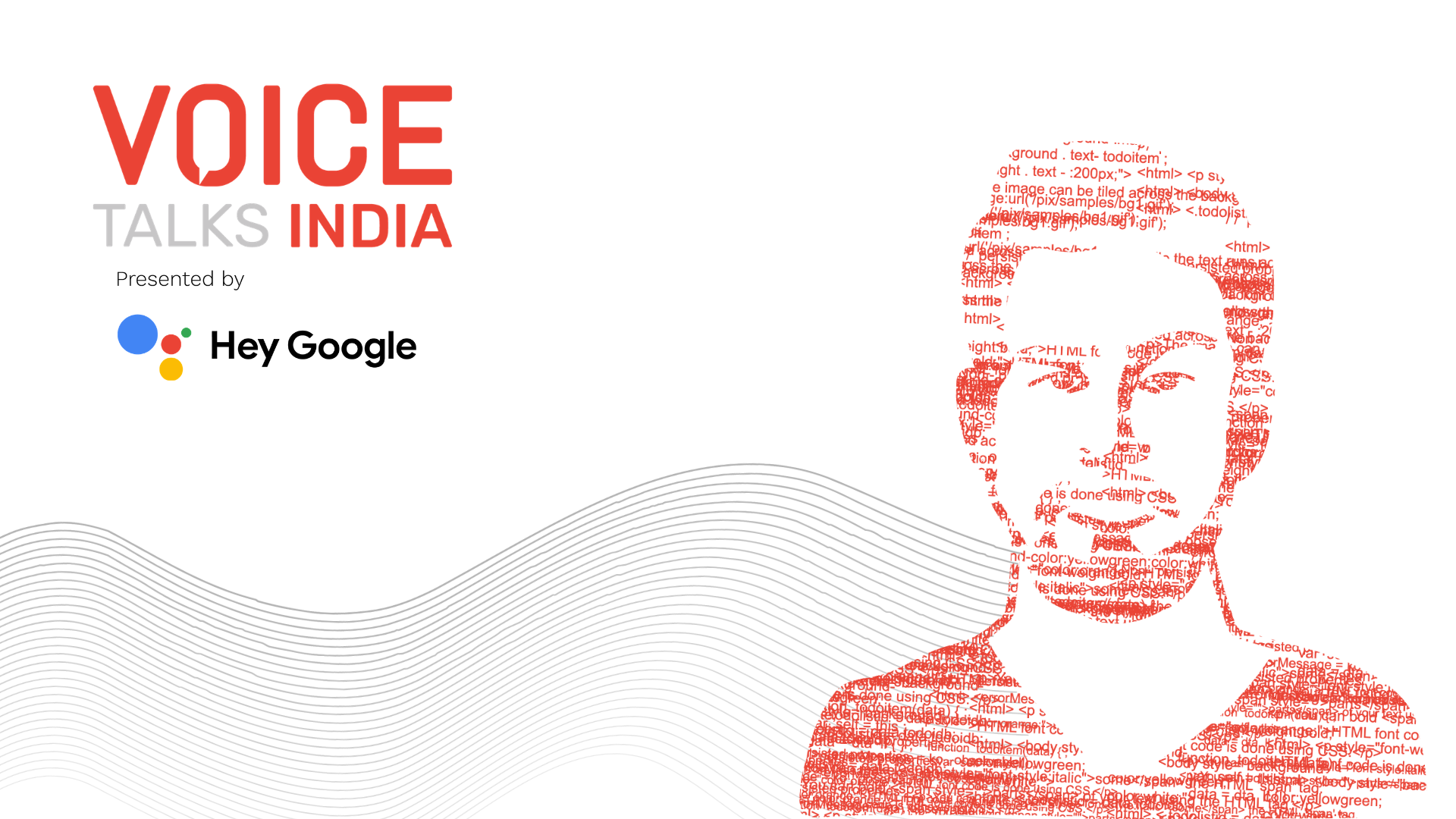





A week after speaking with Scott Westwater on the four steps to create a Voice experience, our bubbly host Keri Roberts reeled in Susan Westwater to talk about creating a useful and usable framework for voice experiences.
With a strong background in marketing and advertising, Susan has over 20 years experience working on content and digital strategies. Now, with Voice looming over every business, she has a few choice tips for anyone wondering where on earth to start.
.
As the founders of Pragmatic Digital—a Voice experience strategy shop—Scott and Susan have carefully crafted their own Voice experience framework. Now, Susan is kindly sharing how other businesses can do the same.
Here's what you need to do:
This step is all about the "marketing basics," primarily your unique selling proposition (USP). "At the end of the day, what is the overall problem that you're solving?" Susan asks.
Once you have that, you can branch into how your brand is reflecting that USP and how it solves your customer's pain points. Then, you can dig deeper like defining your brand persona and finding what Scott Westwater calls the "intersection of customer problem and business goal".
This step is what Susan and Scott designate as "pre-work," which is basically taking all that information you conjured up in step one, and putting it on paper. Sounds obvious, but not many take the time to actually do it.
"I can't tell you how many times people say 'it's all in my head, I've got this sorted,'" Susan says. "As you talk through it, you find that the value proposition is actually more of a product description than an actual value proposition—or your brand voice is just an empty list of aspirational words."
So, this is where you define what your brand truly is—and realize what it definitely is not. You should also map out the current sales process to understand your customer's journey—like where and why customers are dropping off.
After laying the foundation in the previous step, you can move onto breaking down each phase of your brand's customer journey. Susan says it can be four to five steps, but in each step you should ask yourself these questions:
Susan adds that while going through these phases, it's important to remember that it's not always about closing a sale, but about moving the customer to the next step.
Now that you know what you have and what's missing in your customer journey, you'll have a better idea of what content you need to create. Then, you can ask yourself the golden question: where can Voice make it easier?
It's time to decide where you should start. The best way to do this is by asking yourself, "what are the most important things your users are trying to accomplish?"
Susan recommends focusing on that particular task first, then building and evolving as you learn more about how your users interact with your brand. Susan excitedly says that the beauty of Voice skills is that you can easily expand and re-structure them. As you deepen your understanding of your user's wants, you can either evolve your current Voice skill or create a new one to solve another pressing need.
Susan is very keen on usability, and frankly, if you're not designing a Voice experience with usability in mind, your proud creation won't get very far.
"It's comes down to being useful and usable," Susan explains. "It should be useful as in it answers the questions your users are asking, and usable in the sense that it solves problems for your customers (and your business)."
She also warns that if a Voice experience is mostly a brand talking at a customer, it isn't leveraging that interactive element that Voice is so famous for.
"It's much more important for it to be driven by the customer, so they can choose what they need to accomplish the tasks they want." - Susan Westwater.
As much as we love to summarize these podcast episodes, we can't capture everything that was said. So, if you feel like reinforcing what you just read and getting that precious extra detail, listen to Susan Westwater's Inside Voice episode.
You can also ask Susan directly for a Voice experience framework worksheet! Just ping her on Twitter or send a nice message on LinkedIn. She'll gladly send you a copy.
For everything else, check out the Inside VOICE podcast for all sorts of useful advice and innovative information you didn't know you needed.




.png)

VOICE Copyright © 2018-2022 | All rights reserved: ModevNetwork LLC
